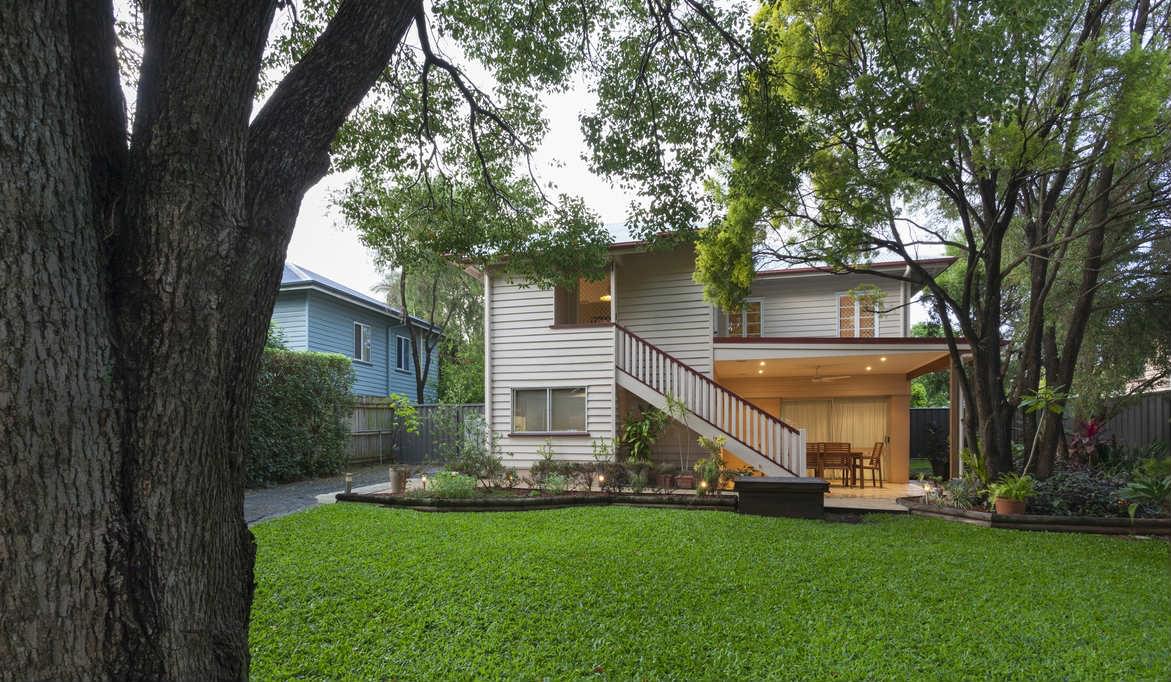What suburbs are booming and cooling in QLD - 2018?
Thinking of investing in Queensland in 2018? Then you need to know which suburbs are booming, and which are likely to cool or moderate this year.
Like any real estate market Queensland is diverse, with some postcodes set for impressive capital growth while others areas could be flat, stagnant or even drop. The secret is to find a location with a whole range of positive factors such as high population growth, a diverse and resilient local economy, major infrastructure projects in the pipeline and where the rental yield is rising. The final cherry on the cake is somewhere with low supply but plenty of demand. Tick all these boxes and you increase your chances of strong capital growth. It is also important to time your purchase so you don't buy at the height of a boom, otherwise known as the peak of a market.
Identifying a 'boom' market
So are we currently experiencing a 'boom' market?
The short answer is no. Booms occur where property values rise sharply or for a sustained period, typically over a few years. True property booms - where house prices double in a few years - are actually quite rare as they require a number of factors to happen. The last significant boom in Australia occured in the 1990's, when a combination of low interest rates and the First Home Owner Grant drove massive demand and price growth.
The last five or six years of sustained price growth in local markets has not been as dramatic, and is likely the peak of the typical property cycle. Many analysts believe we are now entering the post-growth correction or cooling phase, where dwelling prices stagnate or moderate.

What is a cooling market?
When house prices begin to drop or grow at more moderate levels the term for this is a cooling market. It is also known as a buyers market as conditions favour them over sellers. A number of factors could be at play to make a market cool, including:
A rise in interest rates, which makes mortgages more expensive to service
Housing affordability or lack of affordability starts to deter buyers from entering the market
Government acts and imposes tighter lending criteria and/or banks implement stricter credit conditions for borrowers
The end of government incentives, such as the First Home Buyers Grant, dampens demand
A drop in incomes, which impacts the ability to people to invest in property
Migration to a location/state/city drops, which leads to fewer buyers in the market
What Queensland suburbs are booming in 2018?
According to realestate.com.au Queensland's growth hotspots also include suburbs on the Sunshine Coast, such as Noosa Heads, Buddina, and Forest Glen - which all posted growth in excess of 13 per cent in the year to October 2017. CoreLogic figures reveal Kurwongbah as the best performing Brisbane suburb, with median house price growth of 21.4 per cent over the last quarter, while Townsville and Cairns are also both experiencing a rise in employment with tightening vacancy rates - both positive metrics.
For Brisbane, SQM's Louis Christopher believes you should look to the city's eastern suburbs, which have risen by 16 per cent over the last three years. He also doesn't believe there will be a glut of apartments, pointing out that building approvals have fallen, though advises seeking out rental yields of 6 per cent gross or more close to the CBD.
What Queensland suburbs are cooling in 2018?
Conditions in the Queensland property market continue to vary across the state, but overall could be characterised as flat with modest gains recorded in 2017. Many mining towns still have a post-boom hangover, and are unlikely to recover soon. This is especially true if their local economy is not diverse or if there is prospect of any new economic activity.
Negative wage growth and a modest rise in unemployment have been the main factors dampening demand in many areas of regional Queensland, while in Brisbane the emerging oversupply of units, mirrors what is happening in Sydney and Melbourne in this regard.
Use data to inform your property investment strategy
Using data to inform your overall property investment strategy and analysing key property market indicators is the sensible way to approach this task. Tangible metrics can give you real insights about a market's performance, by looking at:
Property values, where rising house prices could indicate a positive long term trend
Clearance rates, where high percentages indicate a 'hot' market
Days on market (DOM), or how long a property takes to sell, can help you identify a booming/cooling market - depending on the timeframe and local market
Rental yields, which details how much income/rent a property could fetch over a timeframe, as a proportion of its value.
Vacancy rates, with high rates a sign there is reduced tenant demand or a glut of rental properties on the market.
Ultimately you will also need to look at other factors such as interest rates, housing approvals, and employment data to name a few, which can all influence property values. This will help you identify which suburbs are set to grow, stagnate or fall in value.
*Capital Growth Score - The Suburb Capital Growth Score is the average of all the individual Capital Growth Scores for each property in that suburb. Capital Growth Scores for individual properties are generated according to three factors: change in median price (1 year), average days on the market and average vendor discounting. A higher Suburb Capital Growth Score indicates the suburb has recently experienced significant capital growth and the short term outlook for further growth is likely to be strong given strong market health indicators.


